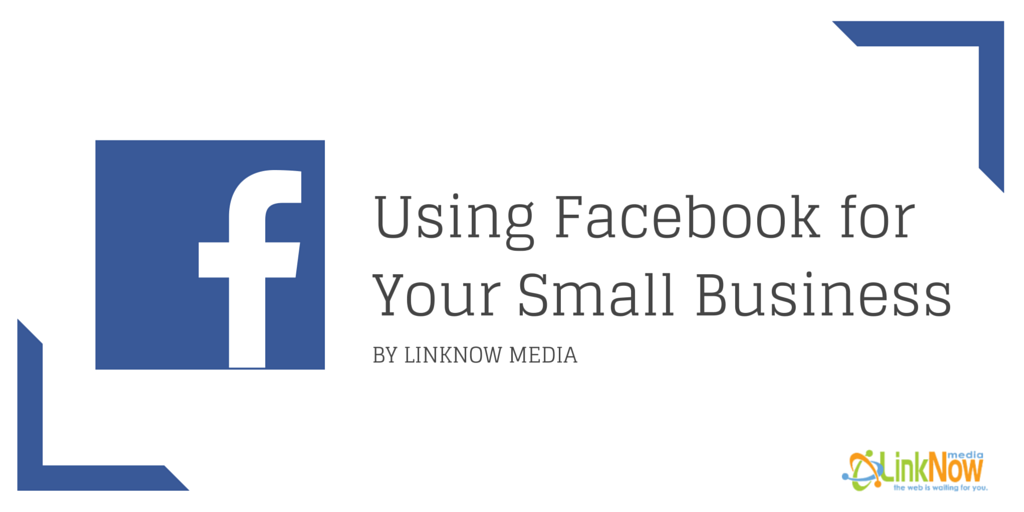


With over 72% of adult internet users in the U.S. using Facebook and 91% of millennials (15-34 year olds), it’s clear why this social platform is attractive to most businesses, both big and small.
Their user base dwarfs that of competitors like Twitter, Pinterest, Instagram, and LinkedIn, and they’ve continued to show growth year over year. Knowing Facebook’s predominance over the social space, most small business owners understand that there is some inherent opportunity in using it, but they aren’t always sure what that opportunity is or how to capitalize on it properly.
Facebook is not primarily a customer acquisition channel—in fact, if your main goal of being on social media is customer acquisition, you should re-consider those secondary social networks we just listed instead (especially Instagram.) The truth is, what your company has to gain from a robust Facebook presence is going to be different for every business depending on your goals, resources, product/service, and knowledge of the platform. Because of this common misunderstanding, the majority of business owners end up feeling like they don’t see a proportional financial return on their time spent.
If you want to use Facebook in your social strategy, it’s important to aim for realistic goals and understand the benefits and limitations of the platform. Facebook drives its greatest value in building brand loyalty for your business and turning your community of followers into evangelists, both online and off.
Here’s how to get started, without wasting anymore time on fruitless strategies with the wrong goals in mind.
First, make sure your Page itself is complete, accurate, and visually stimulating. Add an interesting cover photo. Fill out the information about your businesses name, address, phone number, and website, and keep those areas updated if they change.
Once your Page is set up, it’s not enough to share your products/offerings with your followers; your audience wants to engage with your brand via contests, challenges, polls, video’s, and informative/entertaining blog posts that are relevant to your expertise and their interests. Make sure you research the kinds of searches your target audience is performing, and cater your content towards answering their needs.
Once you’ve set up your page, done your research, and created some great content, make sure that you’re posting your content in a way that will excite your audience. People are 80% more likely to read a piece of content that’s accompanied by colored visuals. Whenever possible, include a photo, graphic, chart/graph, or video that accurately represents the content while also being entertaining.
Facebook provides it’s own great competition monitor called ‘Pages to Watch.’ The only catch is that you have to have at least 100 people like your Page before you can create a list of Pages to watch, and begin comparing their performance to your own. You will also have to choose at least 5 Pages to watch to see insights about them.
Once you’ve begun monitoring your competition and brands you’d like to emulate, pay attention to spikes in their stats. If you or one of your watched Pages see’s a dramatic increase in followers around a certain date, check the activity that took place around that date to see what was so successful. It may inspire you to do something similar.
Partnering with local charities and nonprofits can be a great way to market your business hyper-locally and be philanthropic at the same time.
Perhaps you donate a certain amount based on likes and shares. Maybe your companies donates their time and creates an engaging blog post and video on the experience. Make sure that whomever you’re partnering with shares the content too, so you’re expanding your audience in a meaningful way.
While traditionally, Facebook has not been as lucrative in regards to customer conversion, over the past year, Facebook has launched several new ad types including dynamic product ads, which allow users to scroll through items in a company’s product catalog. Their mobile ad offerings have been somewhat game-changing for the company.
Facebook also offers the simplest, most economical advertising platform for small businesses of any major Internet company. According to data analyzed by Kenshoo, during the first quarter of 2016 video ads on Facebook cost about $4 per 1,000 views, up from $3.44 a year ago. The average cost across add types for Facebook was just $3.14.
Using the wealth of demographic information they collect, including interests, employment history, age, relationship status, and geographic location, Facebook allows small businesses to be extremely targeted with both the type of customer they’re appearing in front of and their budgets. They also enable brands to track how successful their campaigns are, giving them invaluable information on what is and isn’t working with their audience.
No one social media site is right for every business, so it will be up to you to test it out for yourself and determine if it’s worth the time and resources that go into it. Determining what your customer wants or should gain from your brand will ultimately determine where you are online and what kind of content you produce and promote.
Share: